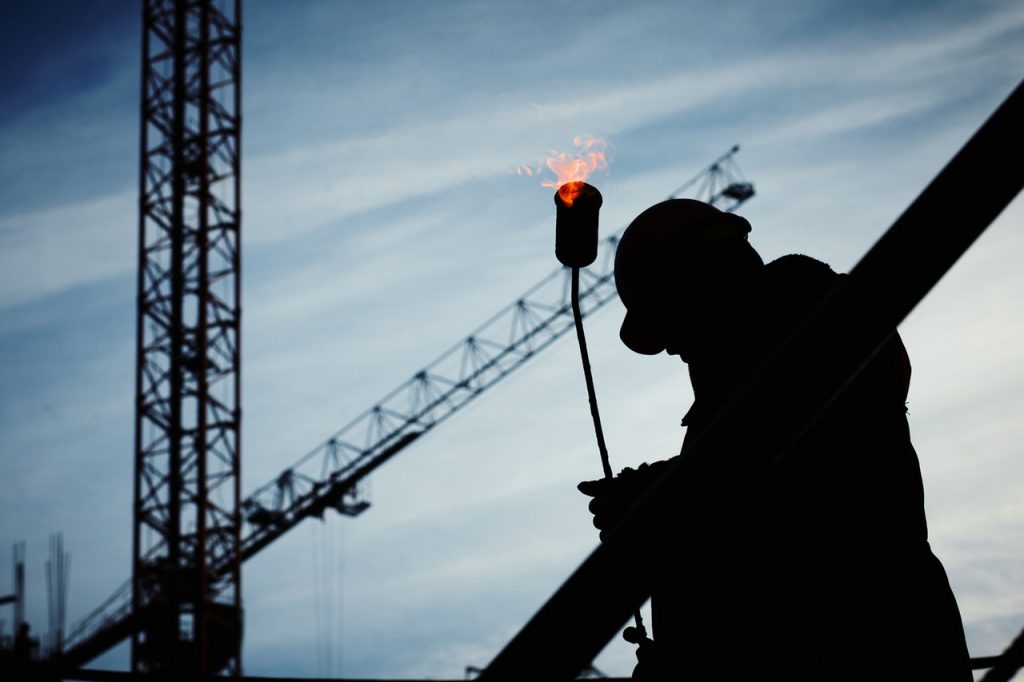WHO INVENTED THE CRANE?
For many centuries, cranes have been the secret weapon of historical civilisations, breathtaking skylines, and majestic monuments. These cranes are used in construction to build up structures. It is a machine or combination of simple machines hoisted by ropes, chains, and sheaves. It creates a mechanical advantage making impossible tasks of carrying and transporting heavy loads and industrial materials, which a normal human cannot perform, possible. From the original basic cranes to tower and bubble crane innovation, this machinery has seen significant growth.
Considering its very nature, it makes you think who would have thought of such an invention. Let’s tackle the timeline to help us figure out who invented the crane.
Cranes of the ancient times
The first crane ever made was the shadoof. It lifted water around Mesopotamia (Iraq) for domestic consumption. Meaning, for their gardening, irrigation, and personal use. Later on, ancient Egypt adopted this technology carrying bricks and probably lots of materials like cement, gravel, and sand to create their pyramids, towers, monuments, and temples.
According to archaeological records, the stone blocks which the Greek temples were made up of showed distinctive cuttings and holes that resulted from tong-lifting and lewis irons that prove the usage of cranes as early as 6th century BC. The Greeks developed the first construction crane in this regard in which animals, like donkeys, were used to operate it besides human power.
Then, the Roman Empire developed these construction cranes into something larger, capable of lifting heavier weights with the use of human tread-wheels.

As the Mesopotamian civilisation developed and expanded, trade also became a way of life. As Roman’s larger cranes took place, so did the demand for large ornaments, heavy jewellery chests, and different kinds of goods.
This led to the High Middle Ages, which marked a rapid increase in European civilisation, urbanisation, and increased frequency in trading, paving the way for harbour cranes to be made. This is for loading and unloading containers of goods, spices, and many more.
Eventually, the Industrial Revolution happened, in which cranes being originally made of wood, were made into sturdier versions being manufactured with iron and steel.
What is the specific purpose of a crane?
Fast forward to today, cranes come in different shapes and sizes with varied purposes. Besides construction and harbour cranes, there are also jib cranes, mini cranes, stacker cranes, and loader cranes.
To have an understanding of what a crane’s purpose is, here are the different kinds of cranes used during modern times:
Tower Cranes – are for lifting and transporting large tools such as steel, acetylene torch, concrete, and generators from one place to another within a construction site.
Railway road Cranes – are used for loading, recovery operation, and maintenance work. They contain flanged wheels.
Crawler Cranes – this crane is considered very stable having a well-grounded broad base and tracking spreads extending to a large area.
Gantry Crane – a crane that sits atop the gantry. It is a structure used to straddle an object using a hoist attached within a fixed machine or a rail framework. In lifting heavy industrial loads, these cranes use a strong gantry located by the overhead. It is commonly seen in commercial spaces like factories and shipyards.
Truck Mounted Crane – is a crane put on a truck which provides mobility from left to right.
Rough Terrain Crane – As the name suggests, this crane is designed to operate on rough terrains, specifically, for operations that involve picking and carrying.
At this point, it may not be fair to consider only the Ancient Greeks as the first inventors of cranes. Knowing how events have taken place, we now understand that many countries and individuals have contributed to the creation of the crane.

